 Ashcroft
Ashcroft So continuing on our journey we came through this little town – and since we are here we will check it out
 What's so special about this town?
What's so special about this town?- It’s a little town in the Thompson valley – and we came by here
- It was founded in 1860 during the Gold Rush by 2 English brothers who immigrated from Ashcroft in England – guess that’s where the name came from
- The brothers came originally to search for gold, but heard about all the failure: so they decided to build a town for the gold searchers
- In 1887 BC Express Stage coach brought their headquarters here, where it stayed for 35 years
- During the Gold rush times it was a bustling town with wheel repair shops, blacksmiths, livery stables and warehouses
- In 1920 when the Great Pacific Great Eastern Railway was built, it lost its strategic position
- Chinese Immigrants did some experimental planting and the freight barn became until 1957 a tomato cannery
- Has a population today of 1600
- The climate is so warm and dry, that people with arthritis like to live there
 Discovering Ashcroft
Discovering AshcroftAnd that’s what we discovered when exploring the little town in the desert and by the way you can’t get lost it’s too small for that.
- The red old historic fire hall from 1919
- The cemetery along the river
- The old historic Anglican church from 1891
- You find some really neat old houses from the 1890s
- We came by the old BX Express headquarters
- We explored the Millennium or Heritage park, where we found an old railcard as well as a huge truck from the mining and a historic waterwheel
 Following the Thompson River
Following the Thompson RiverContinuing on we followed the flow of the river through the desert – talk about scenic – the drive through this mountains is really fascinating, so the time went by really fast.
 And we are at the North Thompson River:
And we are at the North Thompson River:- named by Simon Fraser in honor of his friend David Thompson - who explorer at this time the Columbia River
- the South Thompson River comes from the little Shushwap lake and goes through Kamloops where it joins the North Thompson River
- The North Thompson River comes from the Cariboo Mountains
- from Ashcroft to Lytton the river goes through the Thompson Canyon
- because of large deposits of glacial silt, sand and gravel - large landslides are common
- 8 major landscapes happened between 1880 and 1982 were recorded, some obstructed the river and formed temporary lakes

 Ashcroft, British Columbia, Canada
Ashcroft, British Columbia, Canada

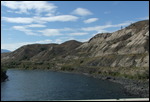
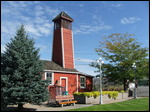
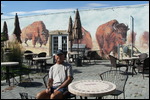
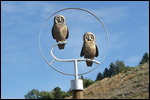
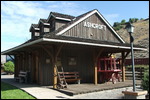
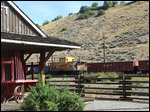
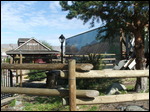
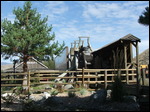


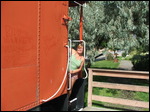
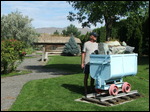


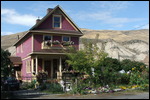
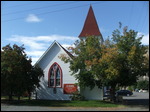

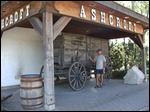
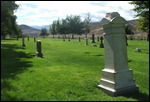

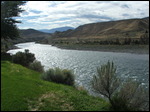
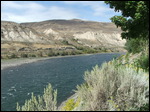




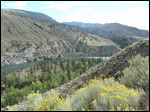
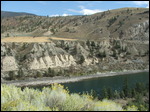



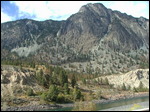

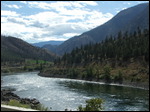
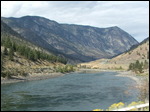
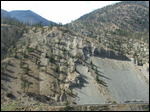





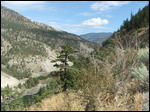

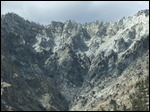

2025-05-22